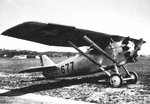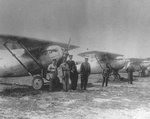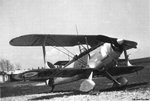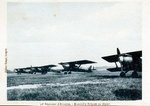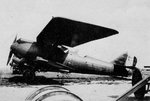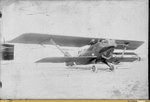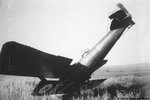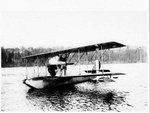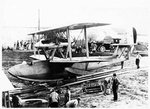FalkeEins
Senior Airman
Another famous use of the aircraft was on René Guilbaud's long range flight through Africa and the Mediterranean between 12 October 1927 and 9 March 1927, venturing as far as Madagascar before returning to Marseille. In the course of the flight, he covered 22,600 km (14,000 mi) in 38 stages without incident.
Source: CAMS 37 - Wikipedia, the free encyclopedia
..yes very nice series of posts thanks - as always with Wiki unfortunately I'm not sure that the info is entirely correct..
Unfortunately Guilbaud didn't get to Madagascar - his CAMS 37 encountered engine difficulties and made an emergency landing on the Niger in the Belgian Congo at Lokodja. He had to wait a couple of months for a replacement engine to arrive from France. Only the acompanying LeO H 194 flown by LV Marc Bernard reached Madagascar...see 'Avions' magazine no. 118 " Les CAMS 37 de la Marine "



